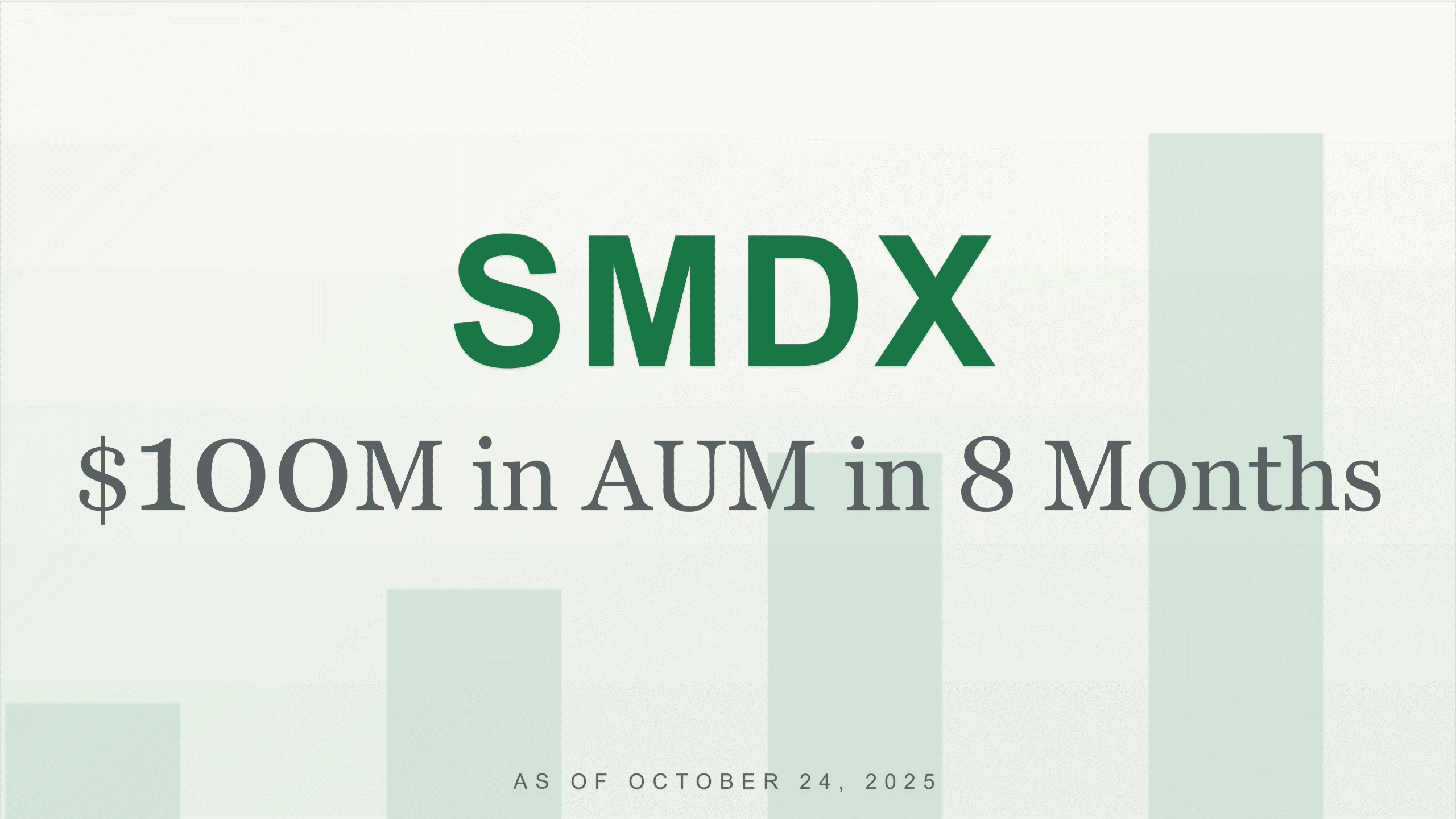The Federal Reserve delivered an anticipated 25-basis-point cut — but that doesn’t necessarily signal the start of a long easing cycle. On Schwab Network, Intech CIO Ryan Stever, PhD, noted that current conditions don’t point to a prolonged series of rate reductions. Inflation remains a concern, tariffs could weigh on growth, valuations look elevated, and unemployment is still just 4.3%.
For investors, the real story isn’t the cut itself — it’s what comes after. Shifts in monetary policy can widen differences in how individual stocks respond — particularly among cyclicals, small caps, and other rate-sensitive sectors. This type of environment often highlights the role of diversification and systematic portfolio management in navigating dispersion.
What the Fed Cuts Really Mean for Stock Dispersion
Fed independence also matters. With new members on the board and political attention intensifying, the credibility of monetary policy can influence markets. If policy decisions move away from being data-driven, easy money may distort asset behavior. These dynamics can affect how risks and opportunities surface across portfolios, underscoring the importance of disciplined investment processes.
Why Fed Independence Matters for Markets
Bottom line: Instead of trying to predict policy paths, investors may benefit from focusing on how rate changes shape volatility and stock-level dispersion. Approaches that systematically manage diversification are designed to adapt to these shifts while remaining aligned with broad benchmarks.



